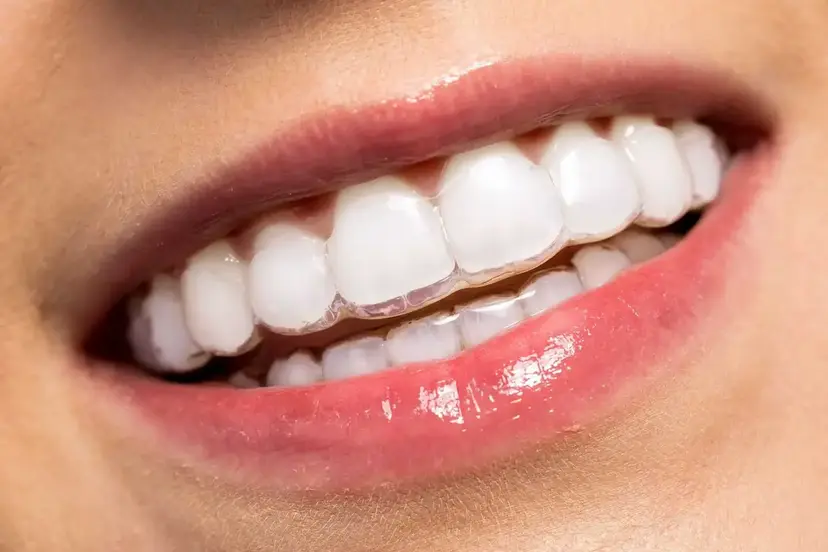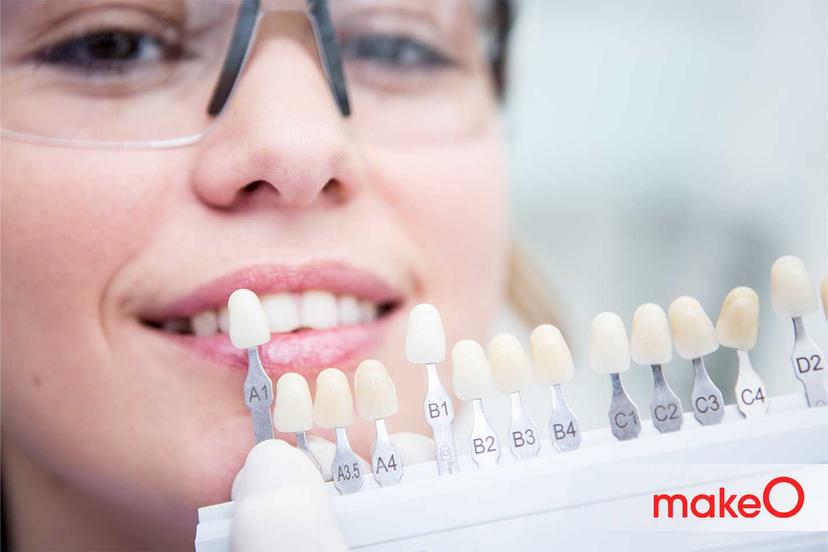MakeO blog
When it comes to orthodontic treatment, clear aligners have become a popular choice for both teens and adults looking to straighten their teeth discreetly. But are there differences in how the treatment works for each age group? While the basic principle of clear aligners, which is gradually shifting teeth into alignment using a series of custom-made trays, remains the same, the approach and effectiveness can vary between teens and adults. Factors such as jaw development, treatment goals, and compliance can all influence the treatment experience.
In this blog, we’ll explore the key differences between clear aligner treatments for teens and adults, helping you understand which option might be best for your specific needs.
Does Age Affect Clear Aligner Timelines?
Age can affect the duration of clear aligner treatment, though the extent of the impact depends on several factors. Here’s how age might influence treatment timelines in adults and in children:
- Bone Density: Younger patients, particularly teens and children, often experience faster and more predictable tooth movement because their bones are still growing and are more adaptable. This increased bone flexibility allows for faster movements when using clear aligners, which can shorten treatment timelines. In contrast, as children grow in age, their bone density also increases, and adults have fully developed bones. This makes tooth movement slower and sometimes less predictable, potentially increasing treatment time.
- Oral Health: Oral Health: Adult patients may present with oral health concerns such as gum disease, worn teeth, or previous dental work, which can complicate the treatment process. These issues may extend the treatment timeline, as aligner therapy needs to be adapted to address these factors in addition to alignment.
- Overall Health: In addition to age-related changes in bone structure, older patients may also have health conditions, like arthritis or diabetes, which can slow healing and bone remodeling, making orthodontic adjustments take longer.
- Patient Compliance: Adults present with better understanding of the importance of following treatment instructions, leading to potentially more consistent aligner wear. In contrast, younger patients, particularly teens, might struggle with compliance, which can also affect how quickly the treatment progresses.
- Complexity of the Case: Age can influence the complexity of orthodontic issues. Younger patients typically require treatment focused on alignment, while adults may face more intricate issues that affect treatment planning, such as misaligned restorations or worn teeth. These factors often make the case more challenging, requiring additional considerations and adjustments during therapy.
Comfort and Compliance: Teens Vs Adults
Aligners are recommended for both teenagers and adults seeking teeth alignment, but their likelihood of sticking to the treatment plan can differ based on several factors.
Teenagers often have other priorities such as school, social activities, sports, and hence, it may be more challenging for them to adhere to the treatment plan. Additionally, peer pressure and concerns about their appearance can make them more likely to remove aligners during social events or meals. Parental guidance and encouragement are important factors in helping teens stick to the plan and helping their compliance improve.
Adults, however, typically exhibit higher levels of aligner therapy compliance. They are more likely to stick with the treatment because they are more responsible and mature, and they also have a better grasp of the long-term advantages. Due to financial concerns or personal objectives, adults are also more committed to the procedure as they recognize the importance of the treatment.
Adults are generally more motivated and self-disciplined, which increases their likelihood of adhering to the aligner treatment plan. Teenagers can, however, also successfully finish their therapy if they receive the right encouragement and support.
What Are the Expectations for Teens vs. Adults?
When using clear aligners for teeth straightening, the goals and considerations are different for adults and teenagers.
Goals for Teenagers
- Correcting Early Malocclusions: Aligners for teens can help correct initial misalignment problems like overbites, underbites, crossbites, and crowding, especially if the child is in the midst of dental development.
- Maximising Growth Potential: As the growth is not complete, aligners can be used to influence and guide jaw development to help achieve the desired teeth alignment more effectively.
- Smoother Transition to Adulthood: Aligners can guide the eruption of permanent teeth into their correct positions and avoid more severe malocclusions later. This reduces the need for more invasive or extensive treatment later in life.
- Psychosocial Considerations: Many teens are self-conscious about their appearance, and the idea of straight teeth can greatly improve their confidence.
Goals for Adults
- Cosmetic Improvements: Many adult patients seek aligner treatment primarily for cosmetic reasons.
- Fixing Alignment Issues: Adults may seek treatment for alignment issues that were never addressed in childhood or that have developed over time due to ageing, teeth shifting, or wear.
- Improving Bite: For adults, treatment may be aimed at improving the functionality of their bite, especially if misalignment of the teeth is causing discomfort, difficulty chewing, or joint pain.
Ultimately, the treatment goals for both adults and children are centered on improving alignment and achieving a healthy, functional bite, but the approach, expectations, and treatment options can vary significantly based on age and developmental stage.
MakeO’s Toothsi offers low cost of aligners, with prices starting at just Rs.52,999/-, which are specifically designed for teens as well as adults. These are made of durable clear plastic and are almost invisible when worn. In contrast to traditional braces, they can be removed for oral hygiene maintenance and on special occasions, making them a suitable and effective orthodontic option for individuals of all age-groups.
Conclusion
Clear aligners can work well for both teenagers and adults, but there are some differences. Teenagers often have more flexible teeth and jaws, which can make treatment faster and easier. Aligners for teens are also designed to account for growing teeth. Adults, with fully developed teeth and bones, may need more time or adjustments. However, compliance is better in adults as teenagers might need more reminders and encouragement to wear their aligners. Overall, both groups can achieve great results, but the treatment may vary based on age and dental needs.
related categories
Related articles

Types of Braces: Removable vs Fixed Braces, Which is Right For You?

This Diwali, Smile Bright With makeO Teeth Whitening Kit

Dr. Pravin Shetty: Pioneer in Lingual Orthodontics & Innovative Smile Solutions
How do I Know I’m the Right Candidate for makeO toothsi Teeth Aligners?

